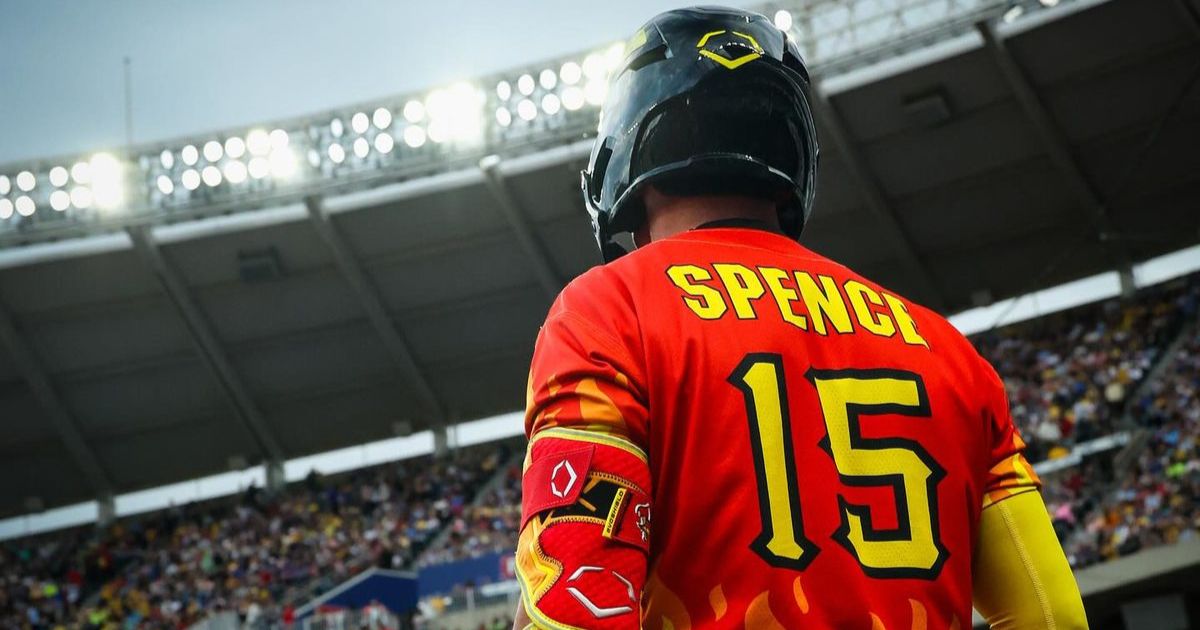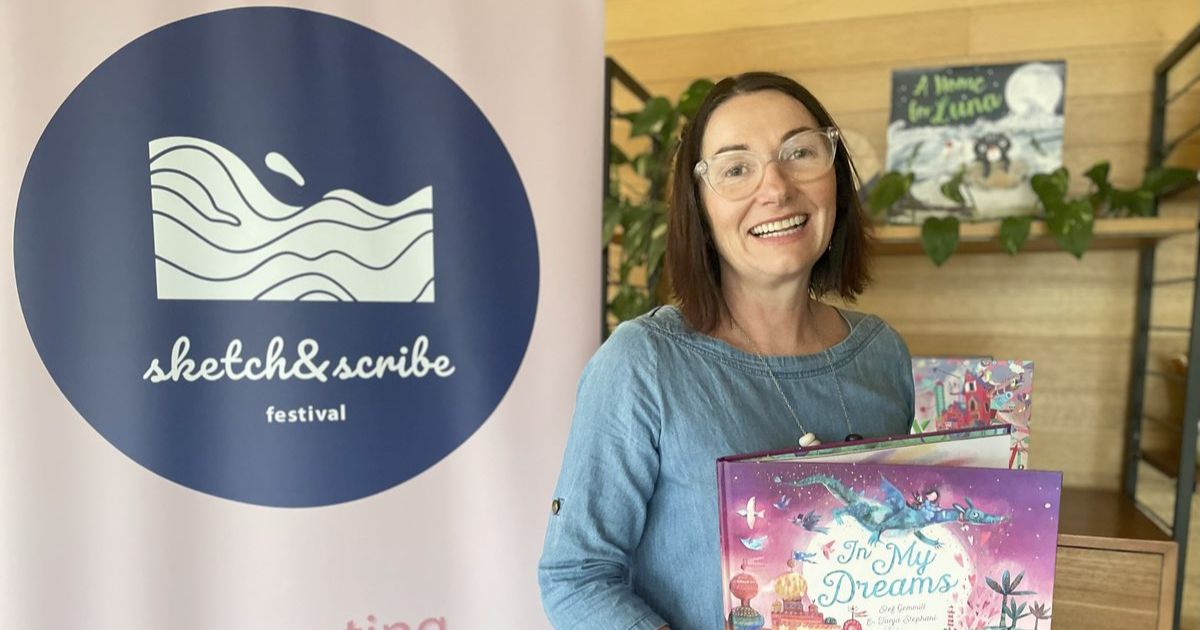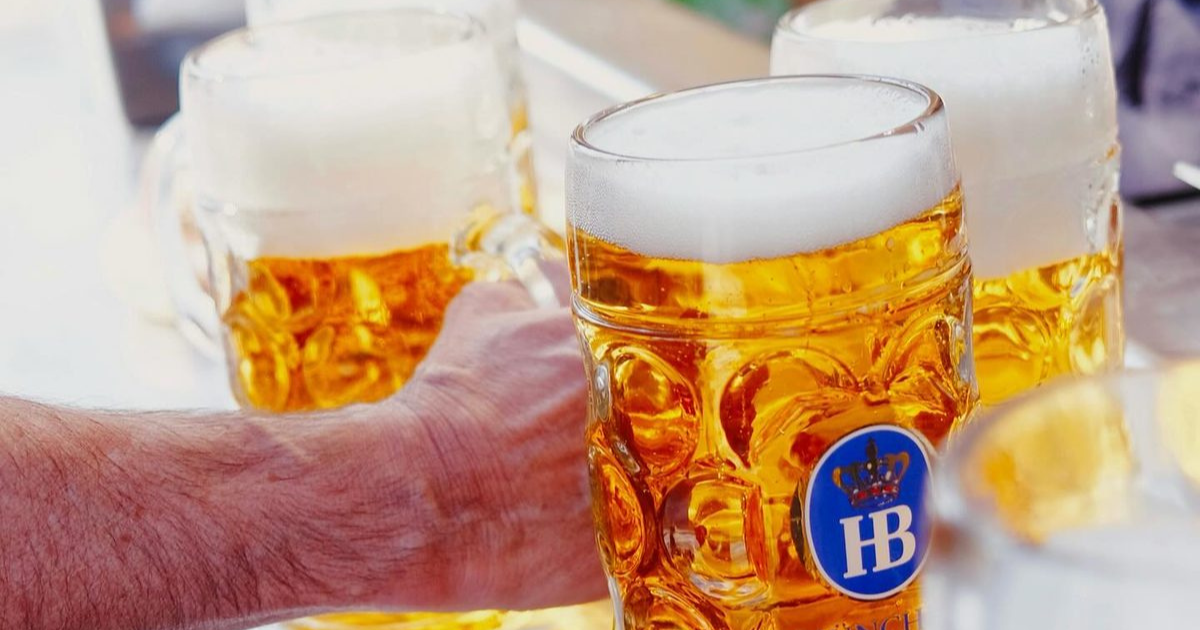First you get the sugar, then you get the power

Unless we are discussing a dessert wine, the mention of sweetness will send most wine drinkers running.
Our article two weeks ago on Rose was a good example of this, a dry table wine is what everyone wants.
As with Rose, the preconceptions about sweet table wines, and particularly Riesling, stemmed from a bygone era and a lack of specificity in defining styles.
Riesling has been touted as the next big thing in wine for decades now, if you had bet on it in those early days, you are probably singing for your supper these days.
What makes Riesling so fascinating for the wine geeks among us (its versatility with food, the myriad of styles from dry sparkling all the way through to magical dessert wines) is likely the very reason it hasn’t become the next big thing.
What the wine geeks among us lose sight of sometimes is that most wine drinkers just want a nice drink that they can choose with clarity and consistency. If you are trying to guess whether the Riesling in your hand will be bone dry or lusciously sweet, the chances are you will put it back down and grab a bottle of Sauv Blanc.
The funny thing is that while most of you will say you enjoy and want a dry white wine, your favourite white will likely have a little residual sugar in it without you knowing.
All the Sauvignon Blanc you have enjoyed over the past decade very likely had levels of residual sugar climbing up into the double digits. It goes to show a dry wine can be more enjoyable if a little sugar is left in there. A little sweetness can help in food matching. A little sweetness, most importantly, can balance a wine.
Cool-climate, high-acid wines like Riesling or even Sauvignon Blanc can become tart, austere and shrill if left alone. By leaving anywhere between 10 and 40 grams of sugar in the wine (remember a Brut Champagne may have up to 12 grams and an extra dry Prosecco up to 17 grams for comparison), it can help to soften the texture of the wine and even highlight the fruity characters. These styles are referred to as off-dry or sometimes “fruity” for Riesling.
They retain a crisp dry finish, but add a layer of softer, lush fruitiness that makes for one of the best summer day drinks.
Along with their hot-day drinking appeal, they are perfect matches for a hot or spicy dish. Their lower alcohol levels mean that the alcohol won’t highlight the spicy heat on your palate.
Their crisp structure helps to cleanse your palate and the subtle amount of sugar can neutralise thespice somewhat. Because the sugar is matching up with the spice, your perception of the sweetness in the wine will also be reduced, leaving you to enjoy all the flavours on offer in both the food and the wine. It can be one of the simplest and most effective food and wine matches you are likely to come across. Many Riesling producers now have a scale on their back label indicating the level of sweetness/dryness in the wine.
Rieslingfreak No. 5 Riesling 2016 – $25
The number of Australian Riesling producers making an off-dry style is growing, although it still remains small. John Hughes at Rieslingfreak only produces Riesling, from the Clare and Eden Valleys. His love for the grape has seen him at the forefront of pushing Riesling in Australia beyond the bone-dry styles we are used to. The No. 5 from Clare Valley has 13 grams of residual sugar which puts it within the off-dry fruity style. It shows the classic Clare valley lemon and lime citrus with the sugar just balancing out the high-acid levels. It is the simplicity, the tension between elements and its refreshing nature on a hot day that keeps you coming back for another glass.

















